Choosing the right 4K video camera is crucial for businesses in 2024, as these devices offer unparalleled resolution and image quality, essential for creating professional-grade content. A well-selected 4K camera can enhance video production, ensuring clear, detailed footage that meets high standards. This technology supports various business needs, from marketing and training videos to high-end productions, providing flexibility and reliability. Understanding the different types and key features of 4K video cameras enables informed decisions that maximize investment and elevate content quality.
Table of Contents
1. Types and Usage of 4K Video Cameras
2. Current Market Overview
3. Key Considerations for Selecting a 4K Video Camera
4. Top Models and Their Features
5. Conclusion
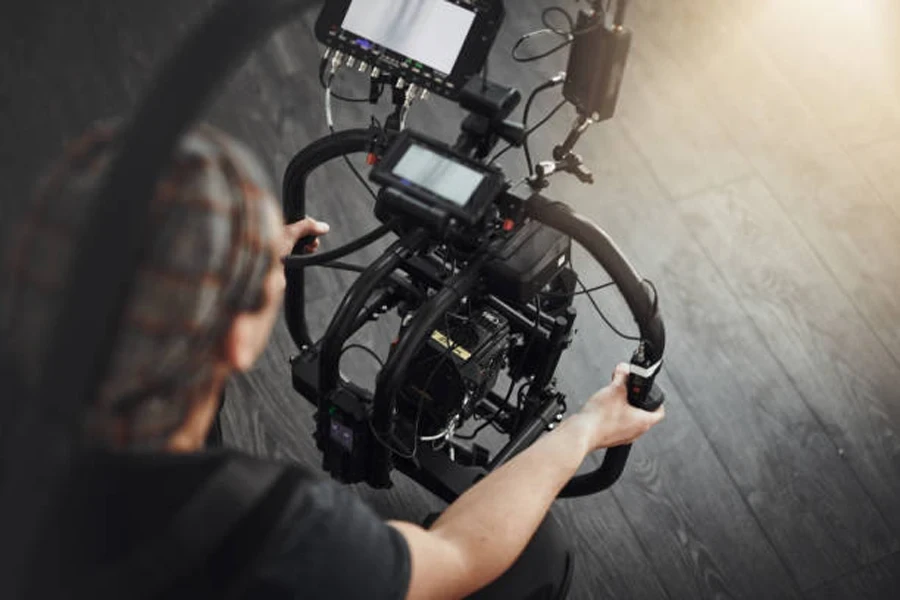
Types and Usage of 4K Video Cameras
Camcorders
Overview of Camcorders
Camcorders remain a popular choice for capturing high-quality video, especially for businesses needing dedicated video devices. Known for their ergonomics and ease of use, camcorders offer built-in zoom lenses and extensive recording times, making them ideal for extended shoots.
Ideal Usage Scenarios
Camcorders are particularly useful for event videography, corporate videos, and documentary filming. Their design often includes advanced image stabilization and integrated audio options, which are essential for professional video production. For example, models like the Sony HDR-CX405 provide excellent image quality and user-friendly interfaces, making them suitable for recording conferences, interviews, and live events (Videomaker) (digitalcameraworld).
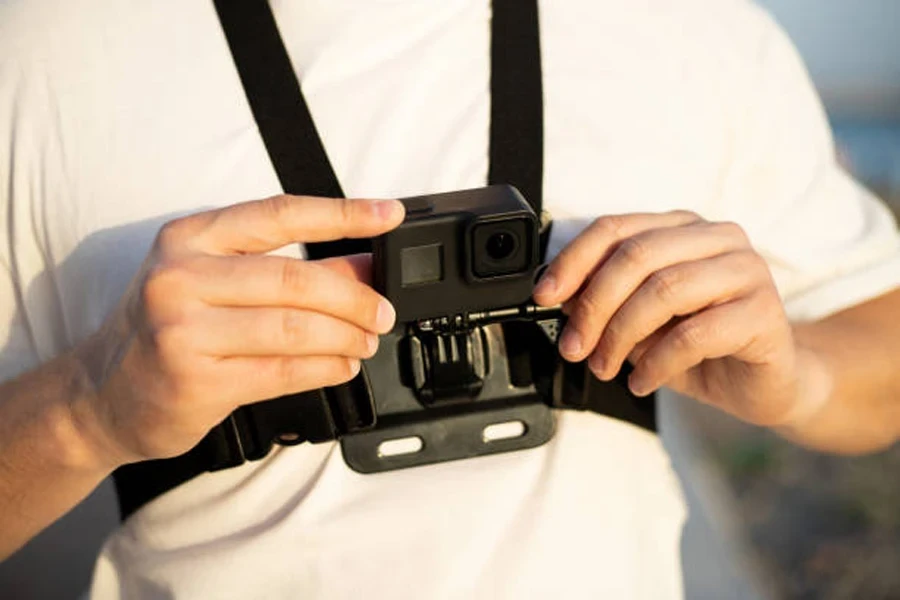
DSLR Cameras
Benefits of DSLRs for Video
DSLRs have long been favored by videographers due to their versatility and superior image quality. These cameras offer interchangeable lenses, allowing for creative flexibility and depth of field control. Their larger sensors typically outperform those in camcorders, especially in low-light conditions.
Popular Use Cases
DSLRs are ideal for a range of professional applications, including promotional videos, short films, and high-quality social media content. The Canon EOS R8, for instance, is a standout model offering 4K recording at 60fps and impressive autofocus capabilities, making it perfect for capturing detailed and vibrant videos (Videomaker).
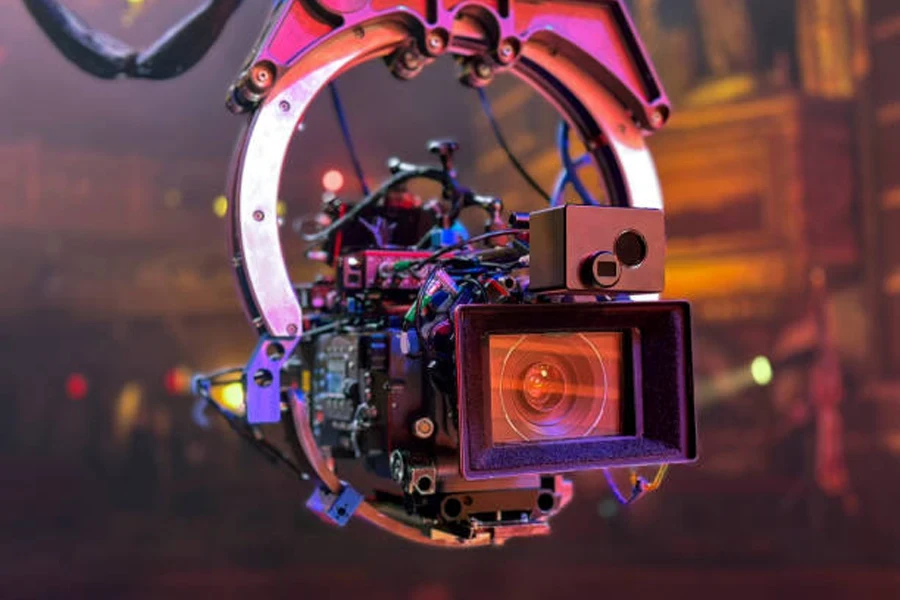
Mirrorless Cameras
Advantages of Mirrorless Systems
Mirrorless cameras combine the best features of DSLRs and camcorders, offering high-quality video in a compact, lightweight design. These cameras are known for their fast autofocus, electronic viewfinders, and the ability to shoot silently.
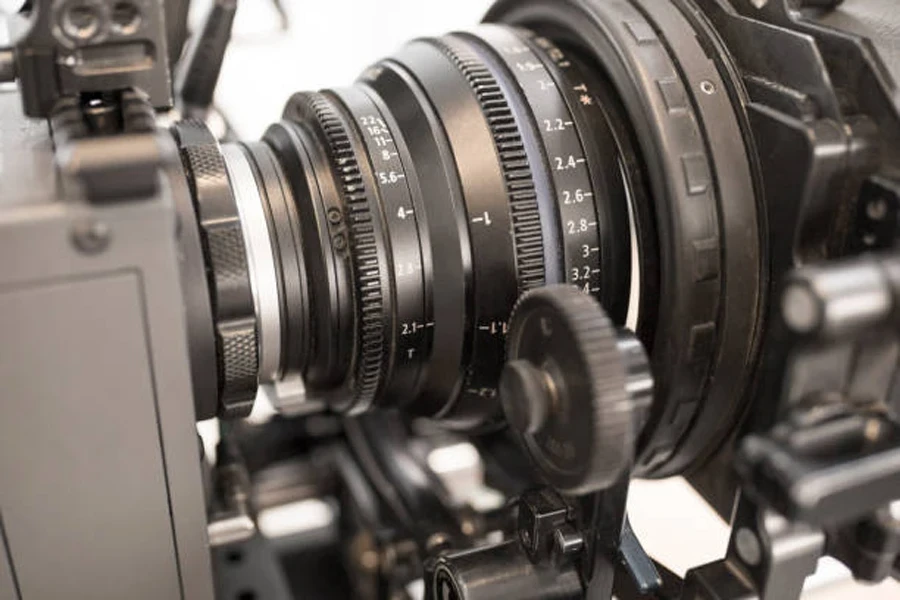
Typical Applications
Mirrorless cameras excel in various professional settings, from cinematic productions to run-and-gun shooting. The Panasonic Lumix S5 II is a prime example, providing 6K video capabilities and robust in-body stabilization, making it suitable for dynamic filming environments such as corporate events, commercials, and on-location shoots (TechRadar) (digitalcameraworld).
Mirrorless systems like the Sony A7 IV also cater to hybrid shooters who need both high-quality video and excellent stills performance. These cameras are increasingly preferred for their advanced video features, such as 10-bit 4:2:2 recording, which offers greater color depth and flexibility in post-production (Videomaker).
In summary, understanding the different types of 4K video cameras and their ideal applications can significantly impact the quality and efficiency of professional video production. Camcorders, DSLRs, and mirrorless cameras each offer unique advantages that cater to specific filming needs. By selecting the right type of camera, businesses can ensure their video content meets the highest standards of quality and professionalism.

Current Market Overview
Market Growth and Trends
The 4K video camera market has shown substantial growth in recent years and continues to expand in 2024. According to recent market data, the video equipment market is projected to increase from $128.02 billion in 2023 to an estimated $151.67 billion by 2028, highlighting a robust compound annual growth rate (CAGR). This growth is driven by increasing demand for high-quality video content across various industries, including entertainment, corporate communications, and online media production.
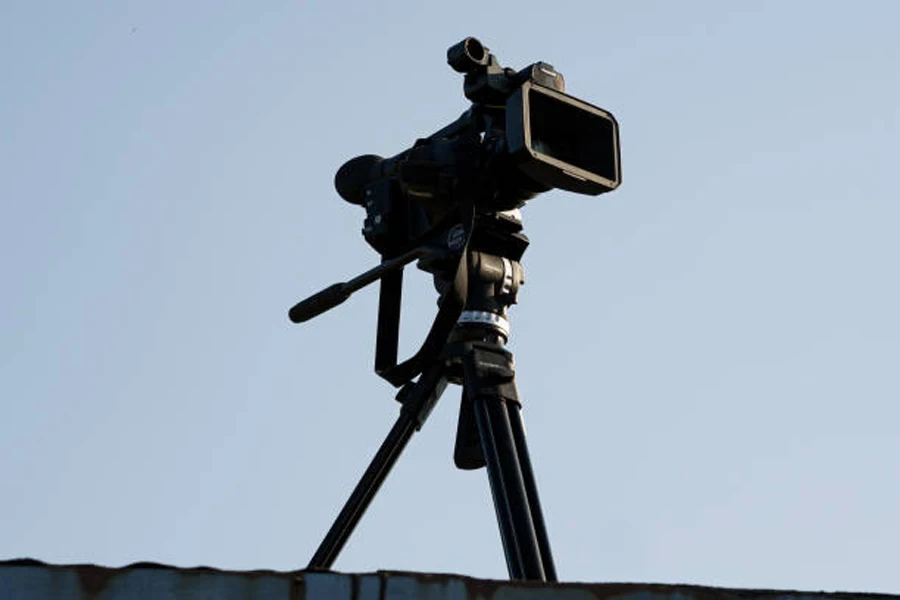
Technological Advancements
Technological innovations have played a crucial role in shaping the 4K video camera market. Modern cameras now offer advanced features such as 10-bit ProRes and anamorphic video modes, enhanced color profiles, and in-body image stabilization. For instance, the Panasonic Lumix GH6 supports 5.7K footage at 60fps with 7.5 stops of in-body image stabilization, making it a powerful tool for filmmakers. Additionally, improvements in sensor technology and processing power have enabled cameras to capture higher resolutions and frame rates, with some models like the Canon EOS R5 offering up to 8K video recording capabilities.
Hybrid autofocus systems, which combine phase detection and contrast detection, have significantly improved focusing accuracy and speed, especially in low-light conditions. Cameras such as the Panasonic Lumix S5 II are equipped with Phase Hybrid AF, providing 779-area metering for precise focus. Moreover, the integration of AI-powered features, such as auto-framing and subject tracking, found in models like the Sony ZV-E1, has enhanced the ease of capturing high-quality video content.
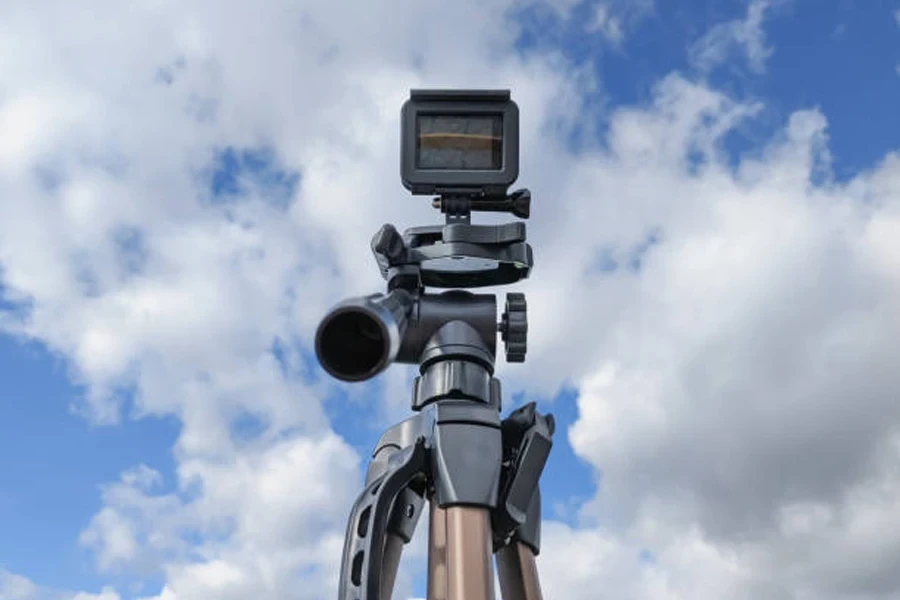
Consumer Preferences
Consumer preferences in the 4K video camera market have shifted towards more versatile and compact systems that can meet diverse filming needs. There is a growing demand for cameras that offer high-quality video recording while remaining lightweight and easy to use. This trend is evident in the popularity of mirrorless cameras like the Sony A7S III and Fujifilm X-S10, which balance excellent video capabilities with portability.
Consumers are also prioritizing cameras with advanced stabilization features and superior low-light performance. The in-body image stabilization systems found in many modern cameras provide smooth, handheld footage, which is particularly valuable for vloggers and content creators. Additionally, the ability to shoot in various video formats and resolutions, such as 4K/120p and 8K, allows for greater creative flexibility and better content quality.
Moreover, the demand for seamless connectivity and easy integration with other devices is on the rise. Features like wireless streaming, USB tethering, and app-based remote control are becoming standard, catering to the needs of professionals who require efficient workflows and remote shooting capabilities.
In summary, the 4K video camera market in 2024 is characterized by rapid technological advancements, increasing market growth, and evolving consumer preferences. These factors collectively contribute to the ongoing demand for high-performance video cameras that cater to a wide range of professional applications.

Key Considerations for Selecting a 4K Video Camera
Resolution and Image Quality
Importance of Resolution and Dynamic Range
Resolution is a critical factor in video quality. A higher resolution, such as 4K, provides more detail and clarity, which is essential for professional video production. Dynamic range refers to the camera’s ability to capture the full spectrum of light in a scene, from the darkest shadows to the brightest highlights. Cameras with a wide dynamic range, like the Sony A7S III, deliver stunningly detailed videos even in challenging lighting conditions, making them ideal for diverse filming environments.

Sensor Size and Performance
Impact of Sensor Size on Video Quality
Sensor size significantly influences the quality of the video. Larger sensors, such as full-frame sensors, capture more light, resulting in better low-light performance and shallower depth of field, which is crucial for cinematic effects. The Panasonic Lumix S5 II, with its full-frame sensor, excels in capturing high-quality footage with rich colors and minimal noise. On the other hand, APS-C sensors, found in cameras like the Fujifilm X-H2S, provide excellent video quality and are often more compact and affordable.
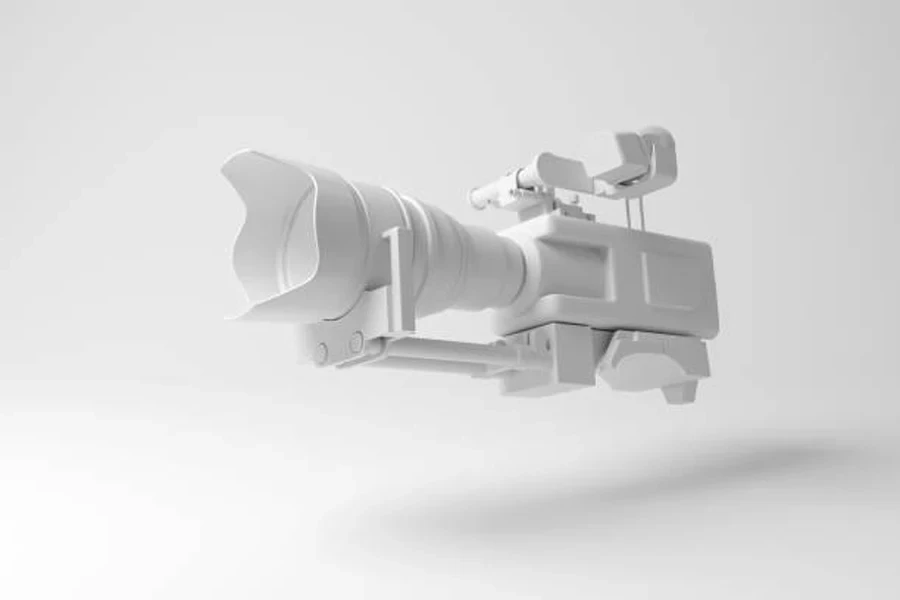
Frame Rates and Bit Rates
How Frame Rates and Bit Rates Affect Video Flexibility
Frame rates determine how many frames per second (fps) a camera records, impacting the smoothness of motion in the video. High frame rates, such as 120fps in the Sony A7S III, allow for slow-motion recording, enhancing creative possibilities. Bit rates measure the amount of data processed per second in a video, with higher bit rates providing better quality. Cameras like the Panasonic Lumix GH6 support 10-bit recording, offering greater color depth and flexibility in post-production.
Stabilization and Low-Light Performance
Importance of Stabilization and Low-Light Capabilities
Image stabilization is essential for producing smooth, professional-quality videos, especially during handheld shooting. In-body stabilization (IBIS), like that in the Panasonic Lumix S5 II, helps reduce camera shake, resulting in steadier footage. Low-light performance is also crucial, as it determines the camera’s ability to record clear videos in dim conditions. The Sony A7S III is renowned for its exceptional low-light capabilities, making it a top choice for shooting in various lighting environments.

Audio Capabilities
Role of Audio Quality in Video Production
High-quality audio is just as important as video quality in professional production. Integrated microphones, external mic inputs, and advanced audio settings are features to consider. Cameras like the Sony ZV-E10 come equipped with a 3-mic array, providing solid audio performance without the need for additional accessories. Ensuring good audio capture capabilities can greatly enhance the overall production value of video projects.
Selecting the right 4K video camera involves evaluating these key considerations to match the specific needs of professional video production. Each factor, from resolution and sensor size to frame rates, stabilization, and audio capabilities, plays a vital role in achieving high-quality, compelling video content.
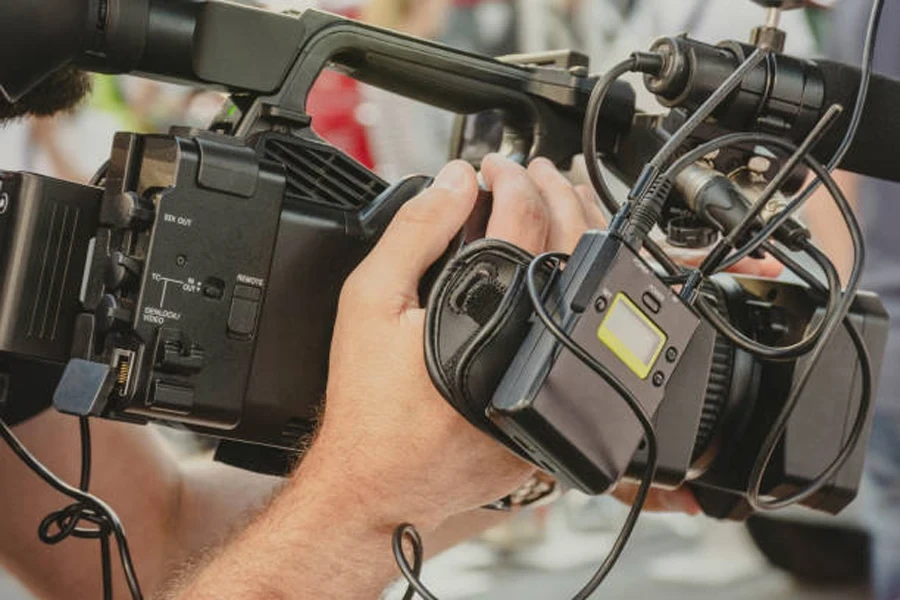
Top Models and Their Features
Best Overall: Panasonic Lumix S5 II
Key Features and Why It’s the Best Overall
The Panasonic Lumix S5 II stands out as the best overall 4K video camera for 2024 due to its combination of advanced features and impressive performance. This camera offers a full-frame sensor that provides excellent image quality, especially in low-light conditions. The S5 II supports 6K video recording at 30fps and offers unlimited 4K recording, making it highly versatile for various filming needs. One of its standout features is the Phase Hybrid autofocus system, which ensures precise and fast focusing even in challenging environments. Additionally, the in-body image stabilization (IBIS) with 5-axis correction helps in capturing smooth, shake-free footage. The S5 II’s robust build and ergonomic design make it a reliable choice for both professional videographers and filmmakers (TechRadar) (JUST™ Creative).
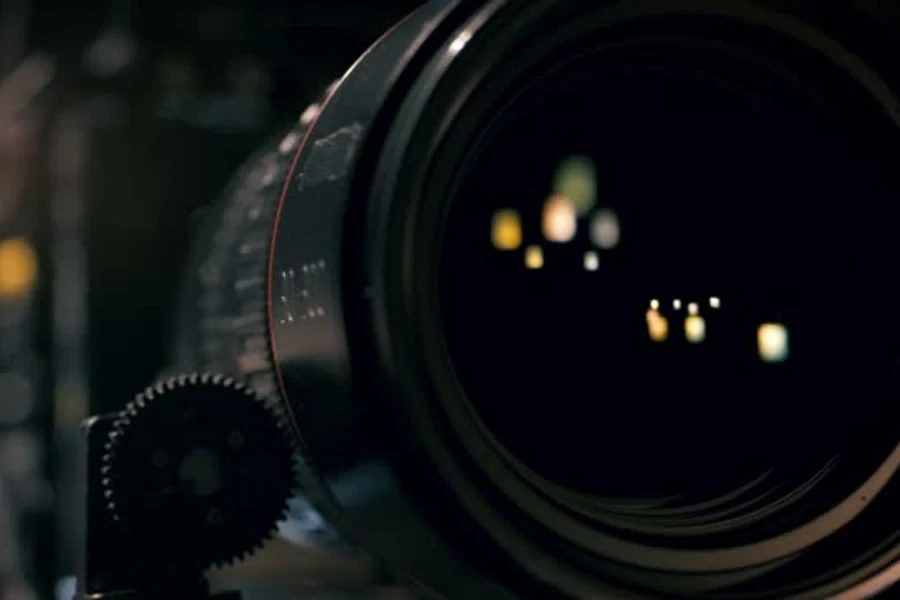
Best for Action: Fujifilm X-H2S
High-Speed Capabilities and Ideal Use Cases
The Fujifilm X-H2S is celebrated for its high-speed capabilities, making it the best choice for action videography. This camera features a stacked APS-C sensor that allows for ultra-fast data readout, reducing rolling shutter effects and enabling high-frame-rate recording. It can capture 4K video at up to 120fps, making it ideal for slow-motion shots. The X-H2S also supports 6.2K open gate recording, providing flexibility for different aspect ratios and cropping in post-production. Its rugged, weather-sealed body makes it suitable for outdoor and extreme sports shooting. The in-body image stabilization ensures stable footage even during dynamic movements, and its advanced autofocus system excels in tracking fast-moving subjects, making it perfect for sports, wildlife, and adventure videography (RTINGS.com) (Shotkit).

Best Value: Panasonic GH6
Cost-Effective Features and Performance
The Panasonic GH6 offers exceptional value with its feature-rich performance at a competitive price point. This micro four-thirds camera is equipped with a 25.2MP sensor that delivers excellent video quality. It supports 5.7K video recording at 60fps and provides a wide range of 10-bit ProRes and anamorphic video modes, catering to various professional needs. The GH6’s 7.5 stops of in-body image stabilization make it ideal for handheld shooting, reducing the need for additional stabilization equipment. Its compact size and lightweight design make it highly portable, while still providing professional-grade video capabilities. The GH6 is a versatile tool that suits both entry-level and experienced videographers looking for high performance without breaking the bank (TechRadar) (JUST™ Creative).

Versatile Option: Sony A7 IV
Balancing Still and Video Capabilities
The Sony A7 IV is a versatile option that balances excellent video and still photography capabilities. This full-frame camera features a 33MP sensor and supports 4K video recording at up to 60fps with 10-bit 4:2:2 color sampling, ensuring high-quality footage with rich colors and detailed shadows. Its advanced autofocus system, which includes real-time eye autofocus for both humans and animals, ensures sharp focus during video recording. The A7 IV also offers in-body image stabilization, making it suitable for various shooting scenarios. Its hybrid functionality makes it a great choice for professionals who need a camera that excels in both photography and videography, providing flexibility for different types of projects (JUST™ Creative) (Shotkit).
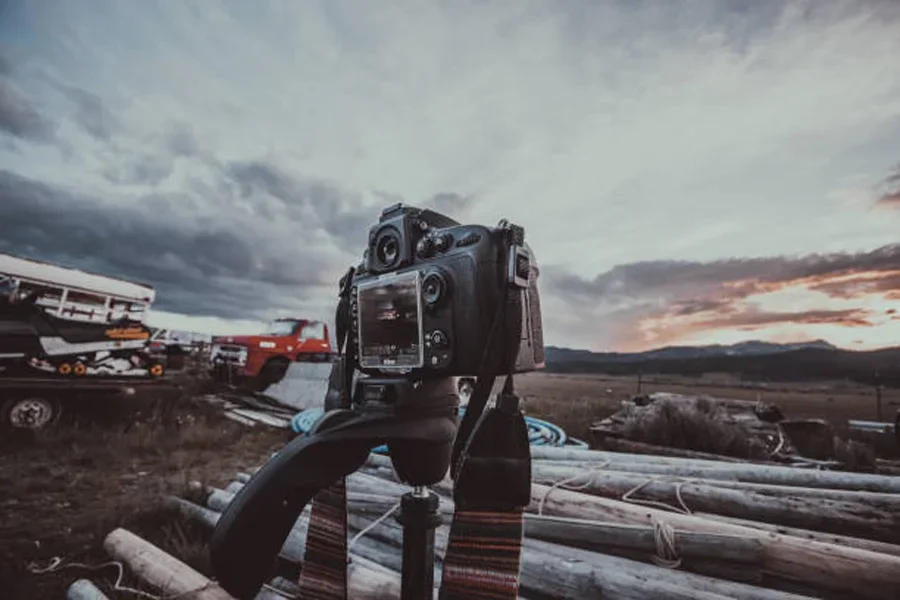
High-Resolution Choice: Canon EOS R5
8K Video and Its Limitations
The Canon EOS R5 is the top choice for those requiring high-resolution video, offering 8K recording capabilities. This full-frame camera features a 45MP sensor and can capture 8K video at 30fps, providing incredible detail and flexibility in post-production. The EOS R5 also supports 4K video at up to 120fps, allowing for high-quality slow-motion footage. However, it’s important to note that the 8K recording can lead to overheating issues during extended shoots, which may require careful management. Despite this limitation, the EOS R5’s impressive resolution, combined with its robust autofocus system and in-body image stabilization, makes it a powerful tool for filmmakers who need the highest level of detail in their videos (ExpertPhotography) (Shotkit).
These top models each offer unique features that cater to different professional needs, making them standout choices for various types of video production in 2024.

Conclusion
Selecting the right 4K video camera is crucial for meeting professional video production needs. The Panasonic Lumix S5 II stands out for its comprehensive features and overall performance, while the Fujifilm X-H2S excels in high-speed action scenarios. For those seeking value, the Panasonic GH6 offers robust capabilities at a competitive price. The Sony A7 IV provides versatility for both stills and video, and the Canon EOS R5 delivers unmatched high-resolution video. Each of these models caters to specific requirements, emphasizing the importance of aligning camera features with the intended use and staying abreast of market trends to make informed purchasing decisions.




